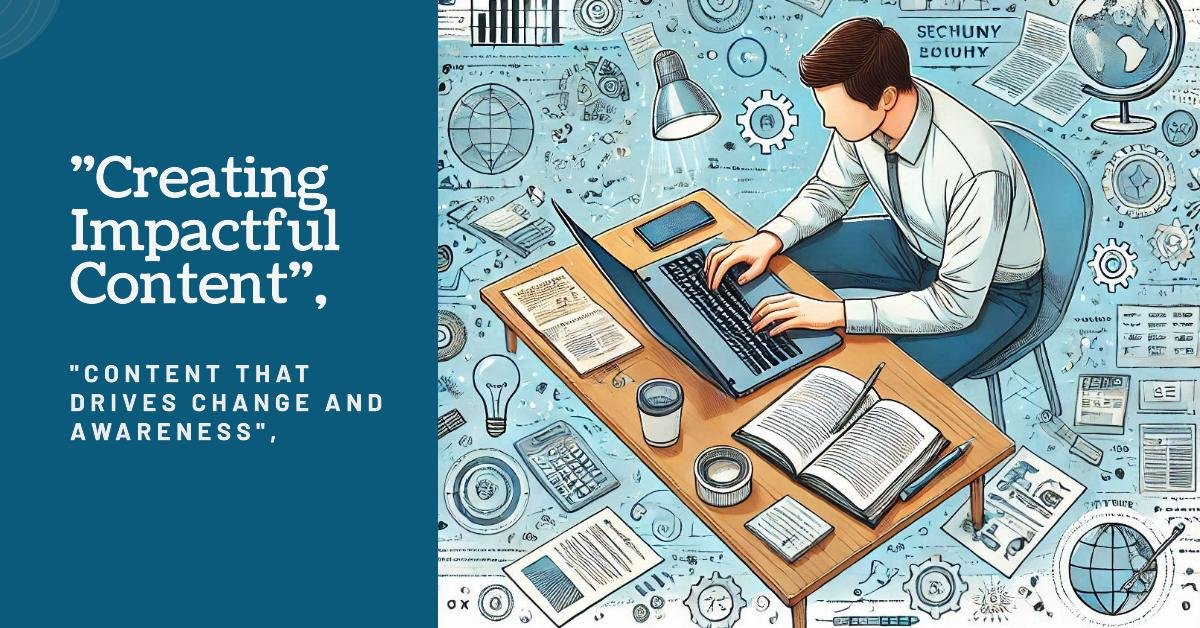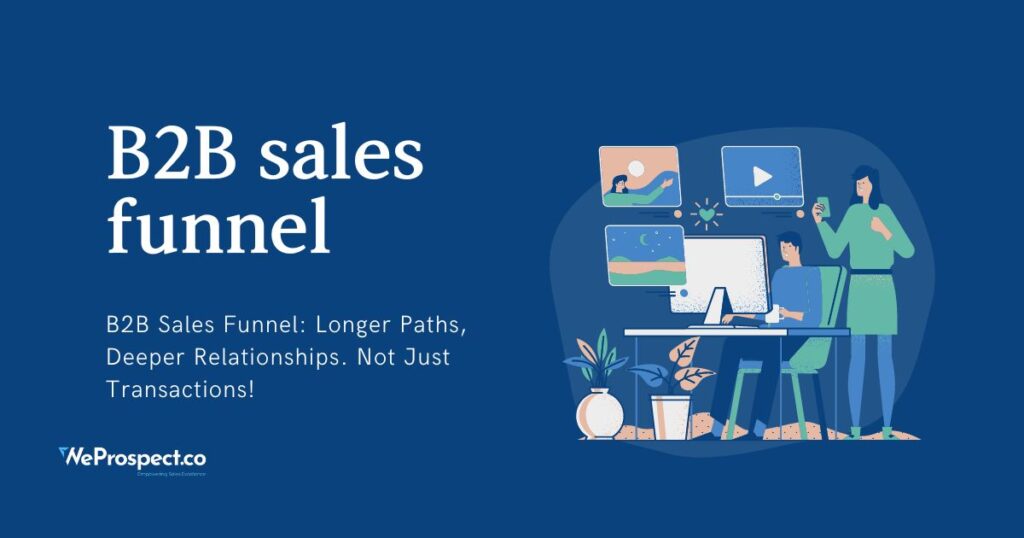
A B2B sales funnel, a B2B marketing funnel, or a B2B sales pipeline is a set of stages business prospects go through to become paying customers. The primary aim of this funnel is to turn potential leads into clients while improving return on investment (ROI). Although each funnel may be unique to the product or service, the general structure is based on the AIDA model, which consists of four stages: Awareness, Interest, Desire, and Action.
A B2B funnel can sometimes be a straight line. While it may look like prospects go smoothly from one stage to the next, they can move back and forth, making the process non-linear.
Optimizing a B2B sales pipeline takes time because it requires good traffic for testing strategies through A/B testing. If you have enough traffic, it’s wise to start testing different approaches and refining them as soon as possible. For smaller businesses with lower traffic, it’s best to focus on fixing major issues, like broken links or forms or missing steps in the funnel. You can also apply Conversion Rate Optimization (CRO) methods without testing. On top of that, consider focusing on customer-based marketing to improve the overall experience.

A B2B sales funnel tends to be more complex than a B2C one. This complexity is due to the longer sales cycle in B2B transactions, which usually involve higher costs and more decision-makers. Unlike B2C sales, which can be quick and impulsive, B2B sales cycles may take months, with more touchpoints. This longer cycle demands more mid-funnel content to guide potential customers through their decision-making process.
Here are some examples of content typically found in a B2B sales pipeline but not in a B2C funnel:
The longer buying process in B2B is mostly because businesses must ensure the product fits their needs. The cost associated with the product or service also impacts the decision-making time.
Though different businesses may have their unique B2B marketing funnel, they all follow a similar path through the customer’s journey. Here are the key stages:
Awareness
This is where prospects first realize they have a problem or need. It could happen on their own or through marketing efforts like SEO, social media, or paid ads. At this point, businesses aim to get their name out there by creating content that addresses the problem the prospect is facing. Content like blogs, landing pages, social media posts, or videos can help build awareness.
Interest
After becoming aware of their need, potential customers start searching for solutions. They have yet to be ready to buy but are gathering information about available options. This is where businesses can provide more specific information, such as blog posts, webinars, FAQs, and product-related content. The goal is to move the prospect from just knowing about the problem to recognizing that your product could be the solution.
Evaluation
At this stage, the prospect compares different solutions to decide the best fit. They’ll seek proof that your product or service can meet their needs. Businesses must build trust by offering resources like case studies, customer reviews, pricing pages, product documentation, and a live demo. This is a crucial part of the B2B funnel, as it helps potential customers make their final decision.
Engagement
Here, your sales team interacts directly with the prospect. First, qualifying the lead is essential to ensure they will likely buy. Once the prospect is qualified, the aim is to show how your solution will meet their specific needs. Building a personal connection and demonstrating trustworthiness are key. Content like product tours, demos, and educational presentations engage the prospect further.
Purchase
At this point, the prospect becomes a customer by making a purchase. All the hard work guiding them through the B2B sales pipeline stages finally pays off. It’s crucial to deliver on your promises to ensure customer satisfaction.
Loyalty
The journey continues after the purchase. Building long-term relationships is critical to retaining customers. Happy clients will likely stick around, provide testimonials, and even recommend your product to others. According to research, increasing customer retention by just 5% can boost revenue by 25-95%. Building loyalty is essential for maximizing customer lifetime value (LTV).
A B2B sales funnel involves multiple stages, from building awareness to nurturing loyalty after purchase. Each stage is vital in moving prospects through the funnel and turning them into long-term clients.

